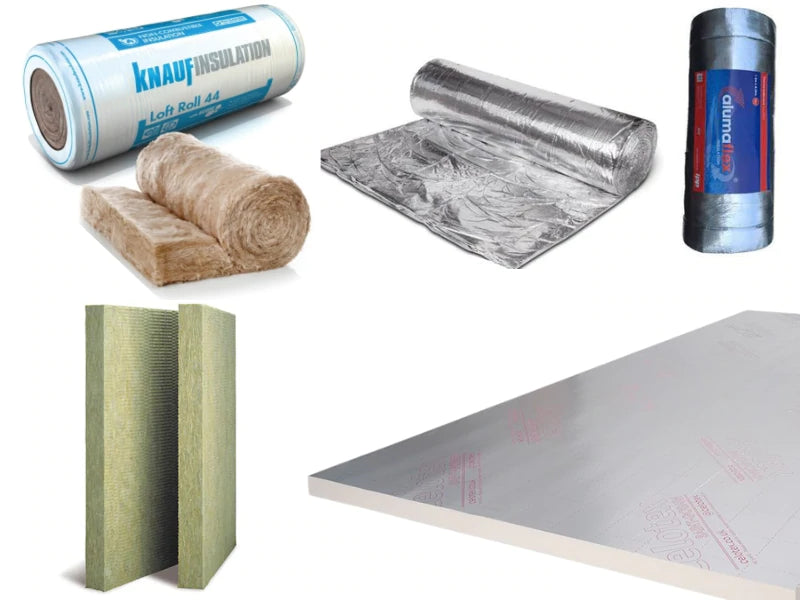If you are insulating your loft for storage there are three main types of loft insulation you can consider. Each type of insulation is suitable for slightly different environments and circumstances, here's how to choose the right one for you!
When most people hear the words loft insulation, the version they probably picture is batt or blanket insulation - rolls and rolls of thick, fluffy stuff (mineral wool) laid carefully down in between the joists. However, there are actually a few different types of loft insulation with various characteristics.
Batt, blanket or quilt insulation
This is the cheapest and most common form of loft insulation, and typically comes in rolls of rock, glass, mineral fibre, or encapsulated in foil. It’s the favoured option for general all-purpose insulation. Also, it’s the easiest type to fit, which means it’s commonly used by DIYers wanting to insulate their lofts correctly in the most cost effective way possible. Blanket insulation is also the one that’s best used in conjunction with our flagship Loft Legs, in order to create a solid and stable surface above the government recommended depth of insulation.

Quilt Insulation Being Installed
Advantages:
- Easy and straightforward to install
- Greener variants use recycled glass or sheep’s wool (a non-irritant)
- Mineral wool is low cost and readily available
Disadvantages:
- Some batt insulation materials can irritate the skin
- Rolls of blanket can be too bulky for smaller spaces and can significantly reduce head height
- Sheep’s wool is more expensive
2. Loose-fill insulation
Essentially, loose-fill insulation is exactly what it sounds like. It’s made from granular or especially lightweight materials, including cork granules, cellulose fibre, and mineral wool.
The most environmentally friendly types are made of recycled newspaper. It’s primarily used to top up existing insulation, but it’s not as secure as other types, so it’s inadvisable for draughty lofts.
Loose fill blown mineral wool fibre, treated cellulose or polyurethane foam
are other options but are not a DIY job; this requires specialist professional knowledge, skill and tools. Therefore it can be an expensive option, but it can be ideal for topping up insulation in hard-to-reach places within your loft.

Loose Fill Insulation Being Installed
Advantages:
- Useful for topping up existing insulation
- Easily fills irregularly spaced joists, or around obstructions in the loft
- Ideal for difficult-to-access areas
- Light, and therefore convenient to handle
Disadvantages:
- May require professional installation
- Can be expensive
- Can be easily dislodged, so not suitable for draughty lofts
3. Sheet insulation
Sometimes known as rigid insulation, these are firm insulation boards which are made of either synthetic or natural materials. They provide highly efficient insulation in the form of a fire resistant, moisture resistant covering.
This is one of the less common types of insulation, though at loft floor level, for several reasons, one of which is the cost. It’s significantly more expensive than other types of insulation, and on top of that the environmental cost of producing it is pretty steep, too. (The more environmentally friendly options include cork, straw and wood board.)

Advantages:
- Highly effective, with a high insulating value per unit thickness.
- Good for lofts with limited head space
- A solid option (pardon the pun) for insulating loft conversions
- Covered with plasterboard for a clean finish
- Sometimes packaged with their own attachment system
Disadvantages:
- High environmental cost of production
- Generally the most expensive type of loft insulation
Which loft insulation should I choose?
When making your decision, there are a number of factors you need to consider. The first is the conditions up in your loft - if you know it is draughty up there, it might preclude you from being able to use blown fibre or loose fill insulation. Cost is also naturally going to be a major factor, which will probably narrow your available choices.
You’ll also need to consider whether you’ll be able to get a professional in to fit certain types of insulation - if it needs to be a DIY job, you may be limited to sheet insulation or regular batt/blanket insulation.




